The relationship between myopia and sleep
Myopia impacts a variety of aspects of life, and more and more research is now pointing towards a relationship between myopia and sleep. Studies in children, adolescents, and adults have found that people with myopia go to bed later than people without myopia.1,2,3 Children with myopia also tend to have more variable sleep durations4 and there are reports that highly myopic teenagers have shorter sleep durations and poorer sleep quality.1
As adults, people with myopia not only go to bed later, sleep for a shorter amount of time, and have poorer sleep quality, but also take longer to fall asleep and spend less time in bed compared to emmetropic adults.2 Although more research is necessary to establish cause and effect, one study found that going to bed late (after 9:30 pm) is a risk factor for myopia development and progression in young children.3
There are a variety of factors that could influence this relationship between myopia and altered sleep. For example, children who stay up late may use this time to read or use screens, which could contribute to the observed increase in myopia susceptibility.3 Alternatively, academic pressure,5 stress over poor vision,1 and other psychosocial factors related to myopia could lead to poor sleep in this group.
There is also evidence that altered circadian rhythm processes are involved in myopia development,6 which could influence sleep patterns among myopic individuals.3 Given the impact poor sleep can have on overall health and development, psychological well-being,7 and academic performance,8 this is an important area of myopia research to pursue further.
Scientific advancements in our understanding of the causes of myopia and the impact myopia has on individuals are key to developing effective, patient-oriented interventions. Dopavision’s innovative digital myopia therapeutic is based on science and we do our best to stay up to date with the latest findings in myopia research.
References
1Ayaki, M., Torii, H., Tsubota, K., & Negishi, K. (2016). Decreased sleep quality in high myopia children. Scientific reports, 6(1), 1-9.
2 Chakraborty, R., Micic, G., Thorley, L., Nissen, T. R., Lovato, N., Collins, M.J., & Lack, L.C. (2021). Myopia, or near-sightedness, is associated with delayed melatonin circadian timing and lower melatonin output in young adult humans. Sleep, 44(3).
3 Liu, X. N., Naduvilath, T. J., Wang, J., Xiong, S., He, X., Xu, X., & Sankaridurg, P. R. (2020). Sleeping late is a risk factor for myopia development amongst school-aged children in China. Scientific reports, 10(1),1-11.
4 Ostrin, L.A., Read, S.A., Vincent, S.J., & Collins, M.J. (2020). Sleep in myopic and non-myopic children. Translational vision science & technology, 9(9), 22-22.
5 Zhou, Z., Morgan, I. G., Chen, Q., Jin, L., He, M., & Congdon, N. (2015). Disordered sleep and myopia risk among Chinese children. PloS one, 10(3), e0121796.
6 Chakraborty, R., Ostrin, L.A., Nickla, D. L., Iuvone, P.M., Pardue, M.T., & Stone, R.A. (2018). Circadian rhythms, refractive development, and myopia. Ophthalmic and Physiological Optics, 38(3),217-245.
7 Zee, P.C., & Turek, F. W. (2006). Sleep and health: everywhere and in both directions. Archives of internal medicine, 166(16), 1686-1688.
8Phillips, A.J., Clerx, W.M., O’Brien, C.S., Sano, A., Barger, L.K., Picard, R.W., … & Czeisler, C. A. (2017). Irregular sleep/wake patterns are associated with poorer academic performance and delayed circadian and sleep/wake timing. Scientific reports, 7(1), 1-13.


